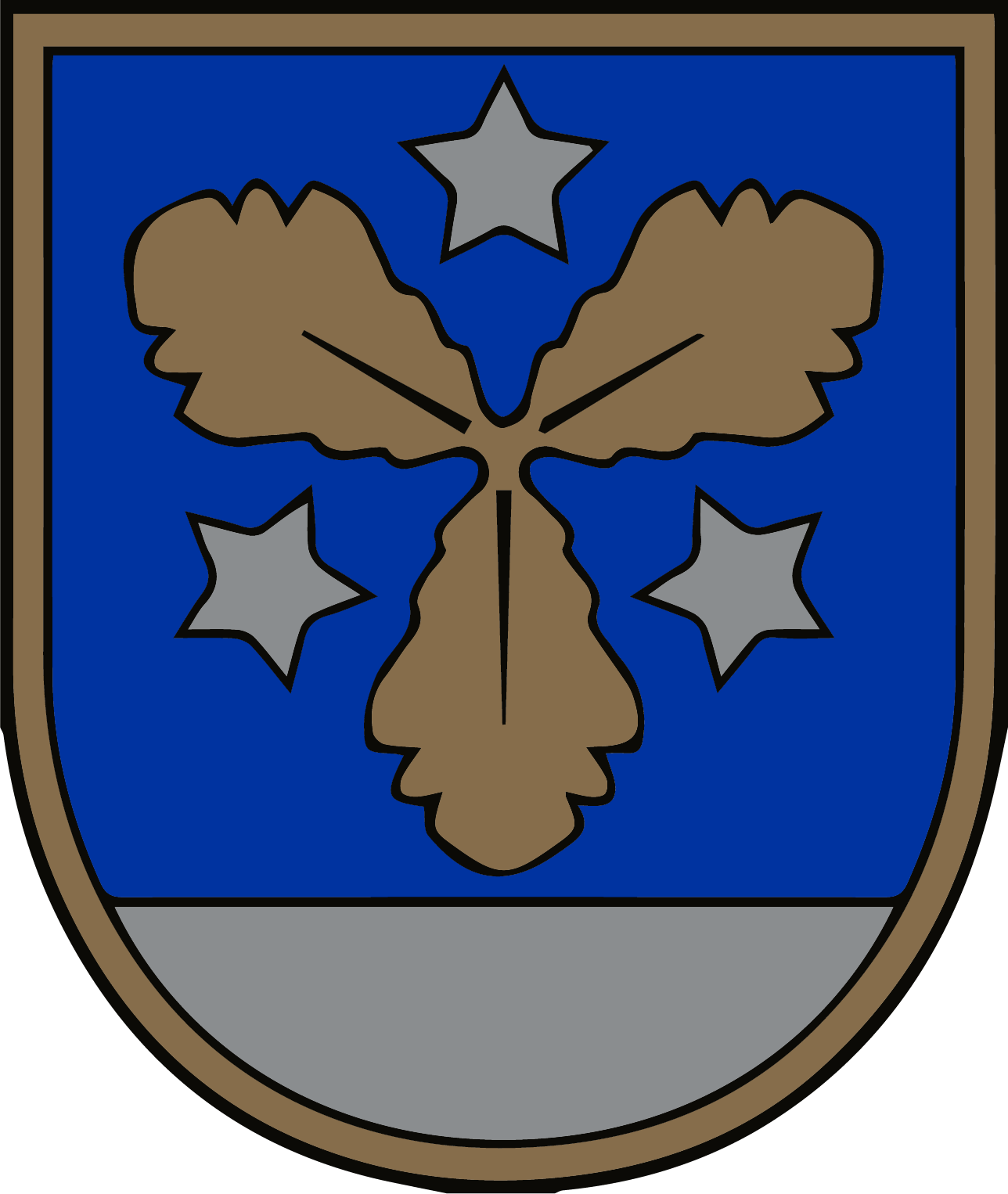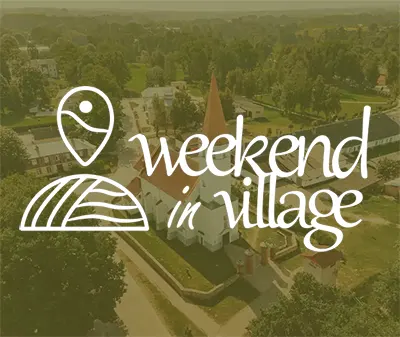Koknese caslte front and city, Daugava waterway
KOKNESE CASTLE FRONT UN CITY
There was a dry moat between the castle and the forepart, both ends sealed by a wall. The forepart was defended on three sides by a wall, and there was no wall only on the main side of the castle. There was another dry moat between the forepart and the town. From the town, the entrance to the forecourt was through a corner tower on the Perse side. Here, too, the ends of the moat were sealed by a wall. The entrances to the towers were guarded by lowering bars. The approaches to both the castle and the forecourt were protected by drawbridges over the moats, and the tower entrances were secured by lowering bars. The forepart of the castle consisted mainly of servants' apartments, a smithy, granaries and stables. The town was surrounded by walls, only the part facing the forecourt was not. In the 17th century, earth fortifications were built around the castle, which in places covered older buildings.
The citizens of Koknese, who numbered between 400 and 800 in the Middle Ages, were engaged in crafts and trade. There were weavers, leatherworkers, shoemakers, tailors, blacksmiths, jewellers and various other craftsmen in Koknese, who met the needs of the entire population. Citizens provided their own food from the gardens and fields outside the city walls. The citizens had small gardens right next to the castle on Daugava shore, and large fields further away from the castle. The city streets were mostly unpaved, almost impassable in autumn and spring because of the mud. The roads were also the same, so that the citizens were isolated from the outside world. Therefore, every passer-by was very welcome for the latest news. The situation was better in winter, especially when the winter road was put in on the Daugava. Merchants bought and sold the products of the area - honey, wax, wood, leather, furs and cereals (barley, oats, especially rye). The citizens of Koknese took their goods along the Daugava to Riga. Citizens could own larger or smaller ships. In addition, the timber trade could not take place without floating trees.
DAUGAVA WATERWAY
The Daugava waterway runs along Koknese and has always been a trade route. Of the total length of the Daugava, around 980 km could once be used for water transport. In the early Middle Ages (7th-11th centuries), the Vikings used a network of water routes from the Baltic Sea to the Black Sea. The "road from the Varangians to the Greeks" ran in what is now Latvia along the Daugava to Polotsk, then along smaller rivers to Smolensk on the Dnieper, then on to the Black Sea. Trade took place along these routes.
The Daugava was one of the most rapids rivers (about 150 rapids in total) in Eastern Europe, and quite shallow (even in the lower reaches in summer, its depth was less than 1 m in places), but ice covered the river for 4 months of the year, with the navigation season only from early spring till late autumn. At the turn of the 15th-16th century, ships with a maximum draught of 4 cubits (2.4 m) could enter the Daugava from the sea. In dry summers, ships often could not enter the Daugava. Because of these river characteristics, the same floating vessels could not be used both at sea and in the river: goods at the mouth of the river near Riga had to be transhipped from sea-going ships to the river flat-bottomed boats that passed by Koknese.
The Daugava waterway was of particular importance in the 14th-15th centuries, when Koknese was a growing town, participated in Livonian town meetings and was a member of the Hanseatic League. The Hanseatic League was an international political union of about 300 towns in the Baltic Sea and the North Sea basin, with the aim of protecting mutual interests and promoting overseas trade in northern Europe. Eight Latvian cities belonged to the Hanseatic League at that time: Koknese, Rīga, Cēsis, Valmiera, Limbaži, Straupe, Kuldīga, Ventspils.
We can only imagine how salt, herring, spices, vadmala and other Western European goods were transported to Polotsk and Vitebsk by Hanseatic sailing ships, or koges, along the Daugava River in Koknese. Furs, wax, tar and other Russian goods were transported west and sold to Hanseatic merchants.

Koknese in the early 17th century, Giacomo Lauro, 1601.
- Aizkraukle municipality and Koknese tourism information centre
1905. gada iela 7, Koknese
(+371) 29275412, (+371) 65161296 - Aizkraukle tourism information point
Lāčplēša iela 4, Aizkraukle
(+371) 25727419 - Jaunjelgava tourism information point
Jelgavas iela 33, Jaunjelgava
(+371) 27366222 - Plavinas tourism information point
Daugavas iela 49, Pļaviņas
(+371) 22000981 - Skrīveri Tourism Information Point
Daugavas iela 85, Skrīveri, Skrīveru pagasts
(+371) 25661983 - Staburags tourism information point
Staburaga saieta nams, 2. stāvs, Staburags, Staburaga pagasts
(+371) 29892925 - Nereta tourism information stand
Dzirnavu iela 5, Nereta, Neretas pagasts
(+371) 26674300 - Mazzalve tourism information
Skolas iela 1, Ērberģe, Mazzalves pagasts
(+371) 26156535 - Irsi manor barn - magazina
Irši, Iršu pagasts
(+371) 26344757






